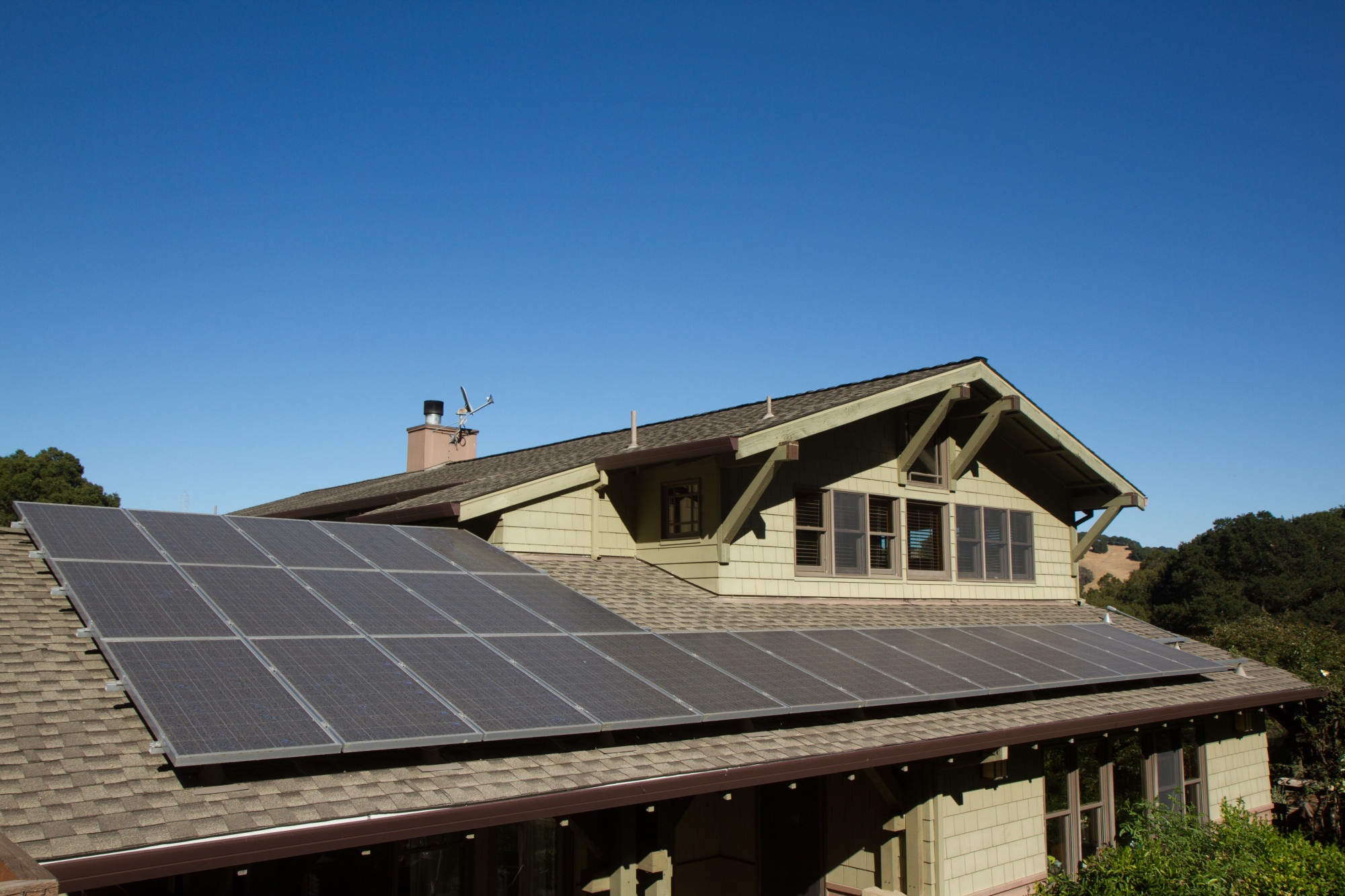You’ll never have to pay an electricity bill again. That’s the power of a home outfitted with solar panels. It can be hard to choose just one when there are different types of solar panels.
Panels in all shapes and sizes, built using myriad technologies, are available on the market. Familiarize yourself with the wide selection of panels by reading this article.
All the Different Types of Solar Panels
Panels abound, but you’re going to have to make some choices here. Solar panels come in three main types: monocrystalline, polycrystalline, and thin-film.
Monocrystalline and polycrystalline panels have cells built of silicon wafers. To build these panels, wafers are put into columns and rows to make a rectangle. They’re then covered with a glass sheet and framed together.
Monocrystalline and polycrystalline cells use distinct kinds of silicon. Monocrystalline cells are made from one pure crystal of silicon.
Polycrystalline solar cells, on the other hand, are made out of silicon crystal fragments melted together. They’re then cut into wafers.
Now let’s take a look at thin-film solar panels. These are built from a variety of materials. The most common kind of thin-film panel is built from cadmium telluride.
Panels have unique looks, too. Monocrystalline panels with black cells look black because of the interaction between light and the pure silicon crystal.
The panel’s back sheet can be silver, black, or white. The panel’s metal frame can be silver or black.
Channel Your Inner Panel
Polycrystalline panels have a blue hue. Their frames and back sheets are different colors. Back sheets are commonly white or silver, and frames tend to be silver.
As to thin-film solar panels, these are low-profile and thin. These can be black or blue, depending on the material.
Each kind of panel has unique advantages and disadvantages. Monocrystalline panels perform well, are very efficient, and look good. As a result, they’re a bit more expensive.
Polycrystalline panels are more affordable, but they’re less efficient and lower-performing. Thin-film panels are lightweight, flexible, portable, and aesthetically-pleasing. However, they have the lowest performance and efficiency.
More precisely, monocrystalline efficiencies can go above 20 percent. Polycrystalline panels’ efficiency ranges between 15 and 17 percent.
Monocrystalline panels wield over 300 watts of power capacity with some going over 400 W. Polycrystalline panels’ wattages are lower.
Thin-film solar panels have efficiencies around 11 percent. These panels don’t come in uniform sizes, so their power capacities fluctuate with their physical sizes.
You’ll no longer have to ask, “How do solar panels work?”
Picking Panels
The many different types of solar panels can leave the layperson confused and indecisive. Buyer indecision is an all-too-frequent problem that gets the best of us.
Luckily with this guide, you can avoid the pain of indecision. A quick, painless choice of panels is now only a few moments away.
Solar panels are the future of energy production and they’re already here. See what else the future holds in the site’s Green Energy section.









